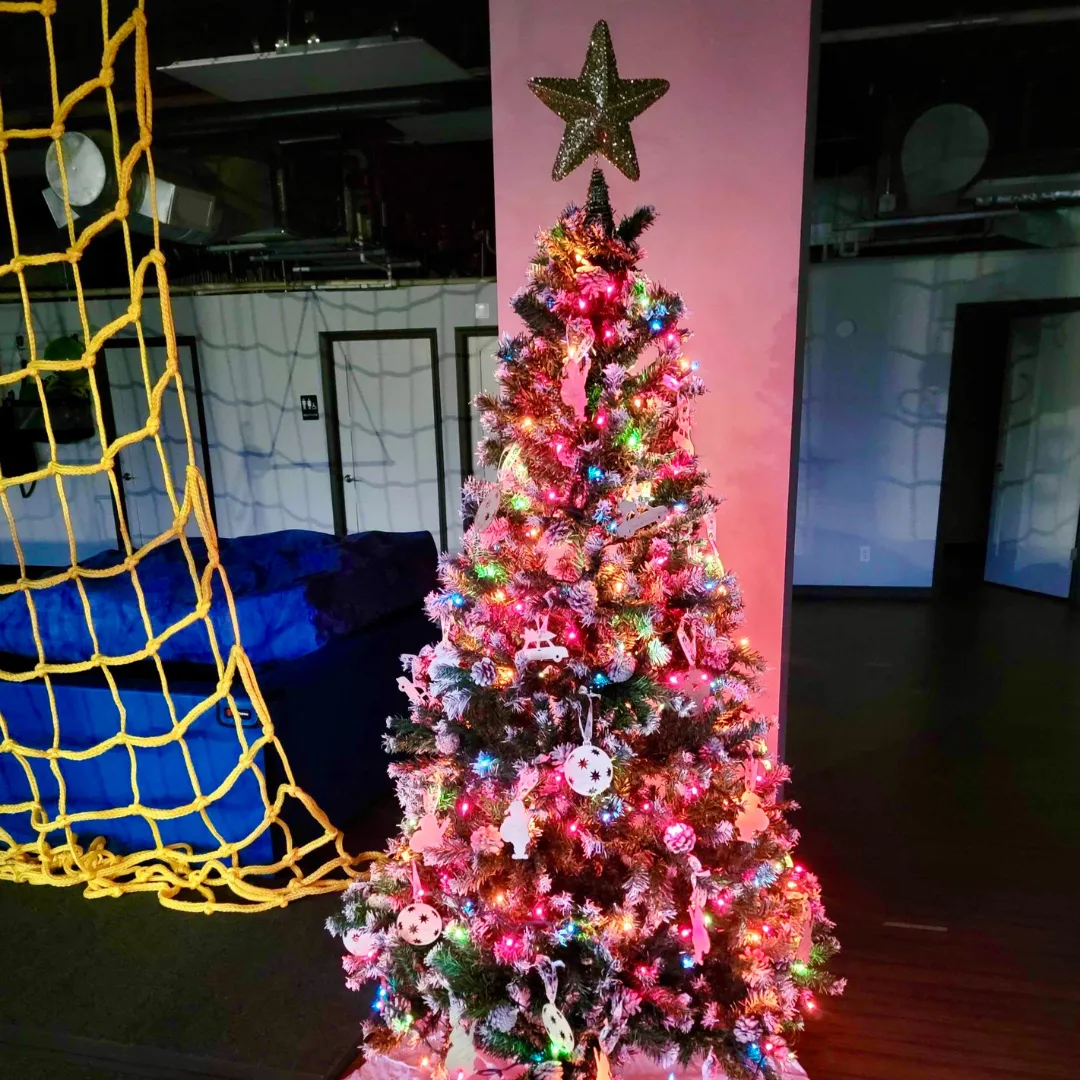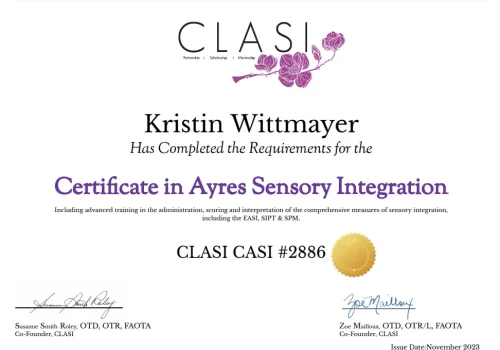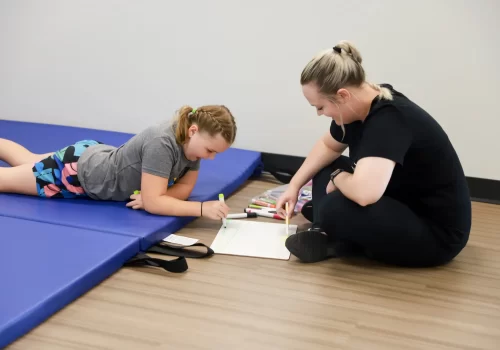December is here and the excitement of the holiday season is upon us. For most, this is one of the happiest times of the year but for a child with sensory processing challenges, the season can be the most stressful and dysregulating time of the year. Between holiday parties, changes in weather, increased days off from school as well as time away from home when traveling to visit family, the holidays present unique and unpredictable challenges for children dealing with sensory processing disorder (SPD). There are many new and different sounds, tastes, smells, touches, sights, and other sensations that accompany the holiday season that can trigger a fight or flight response. Under normal circumstances, children with sensory processing challenges struggle with regulating their responses to sensory information in a flexible and adaptive manner to sensory experiences that they encounter in daily life (Mulligan et al., 2021). Therefore, even though the holiday experiences are meant to bring joy and fun times, it would have the opposite effect for children with SPD and potentially produce increased anxiety and maladaptive behaviors. In order to support you child and family, we are here to offer tips and tricks to help with the holidays!
Remember:
- The holidays bring a lot of changes in routine and a lack of structure.
- Children with sensory challenges thrive on structure and routine. They provide predictability and a sense of control in their environment. Things like holiday parties, traveling to see relatives, days off from school, later mealtimes, and later bedtimes all disrupt a child’s regular routines. In turn, they may appear more irritable and reactive than typical.
Tips:
- Plan out your child’s day to support their needs and decrease environmental challenges.
- Shopping malls and stores are particularly busy during the holiday season. Try going in the morning or during the evenings when there are less crowds and noises OR consider online shopping with delivery or pick up options.
- Use visual schedules to help your child mentally prepare for what is to come.
- Make time for plenty of movement throughout the day.
- Allow time for your child to burn off energy by either going for a walk, play at the playground, go sledding, crash onto soft items like coach cushions, or even carry Christmas presents when traveling.
- Attend sensory friendly events.
- Within your community be on the lookout for holiday events that do not have the sounds or lights that can trigger a meltdown.
- We lead many sensory friendly events within the Sioux Falls community! Check out our Facebook page for more information.
- Prepare a safe and cozy spot for your child.
- Traveling out of town or hosting people in your home is out of your child’s normal routine. This can be quite overstimulating to kids. To help, prepare a space that is enclosed, cozy, and filled with calm down or “safety” items and toys that your child can go to when they begin to feel overwhelmed in order to avoid a meltdown.
- Have safety items or toys available.
- Things like pillows, soft toys, books, headphones, calming sensory light, sensory rice or putty, weighted items (blanket, lap sock, vest, etc.) all make for great comfort items.
- Educate others when appropriate.
- Speak with family members or friends prior to a gathering to inform them that your child has sensory processing challenges that make these types of events overwhelming and sometimes fearful. Educate them on how your child handles or reacts differently to sights, sounds, smells, touches, and tastes and may have a tough time experiencing new things as well as tolerating being in a busy group setting.
Regardless of the season, we are always here to help your child and family overcome their struggles. To learn more, request an appointment! We wish you all a safe and happy holiday season.
Citation: Mulligan, S., Douglas, S., & Armstrong, C. (2021). Characteristics of idiopathic sensory processing disorder in young children. Frontiers in Integrative Neuroscience, 15. https://doi.org/10.3389/fnint.2021.647928



